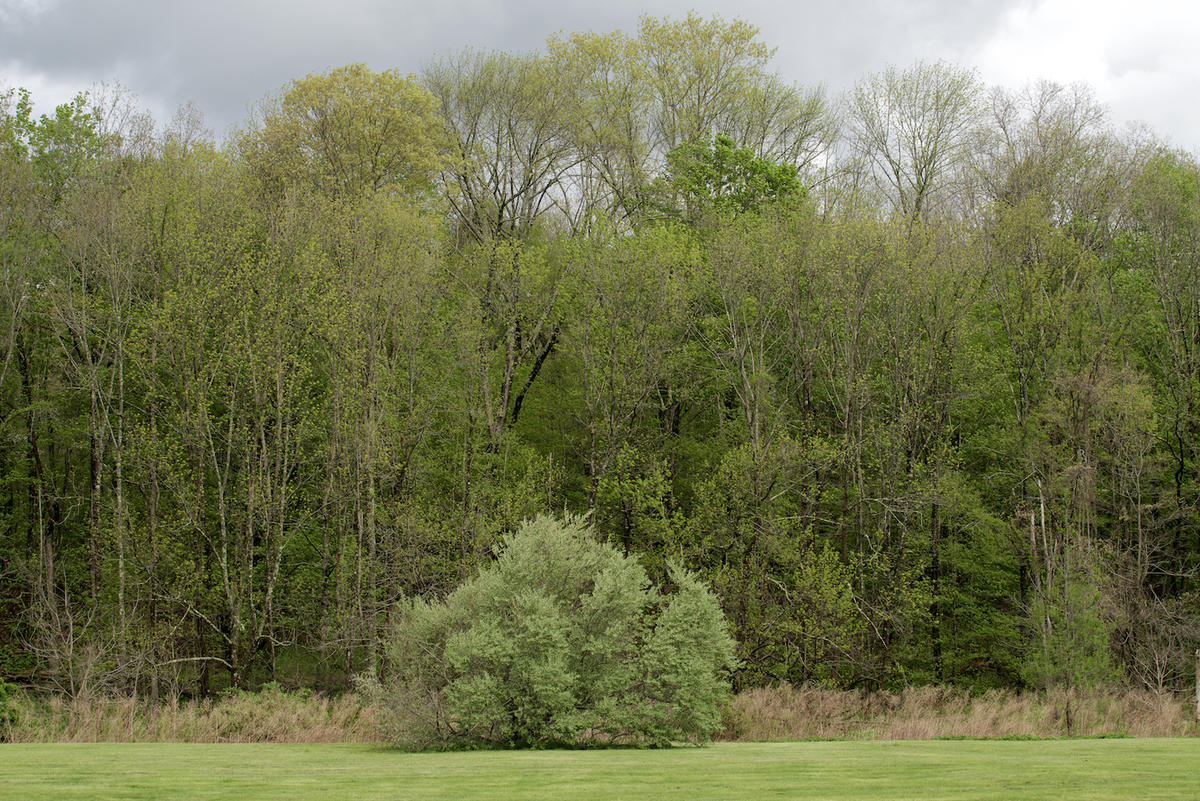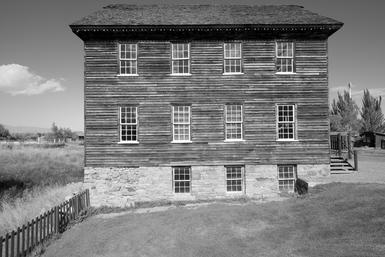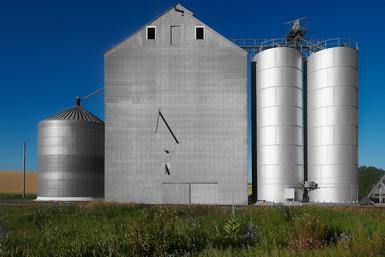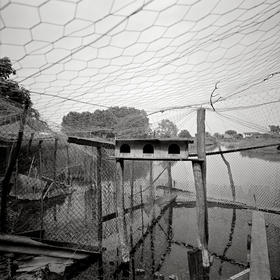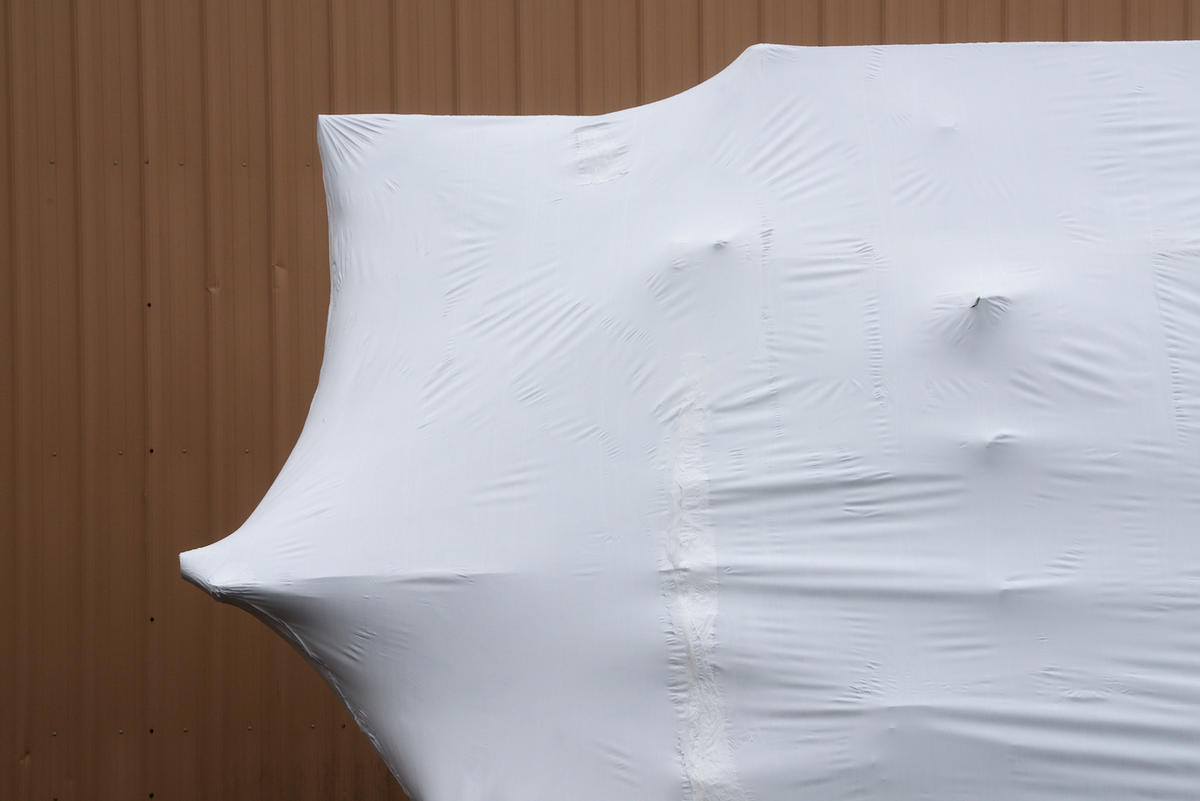
In Shrink Wrapped 1,2,3 we've looked at the early phases of a new project and then what happened as it matured. I've worked through various issues in the effort to make pictures that are involving and expressive from boats wrapped in plastic during the winter in coastal New England.
Shrink Wrapped 1: here
Shrink Wrapped 2: here
Shrink Wrapped 3: here
In this, the last post on the subject, I am sharing the most recent pictures made on a warm and very foggy day in Maine in late February.
Once again, I learned things and was surprised everytime I turned around.
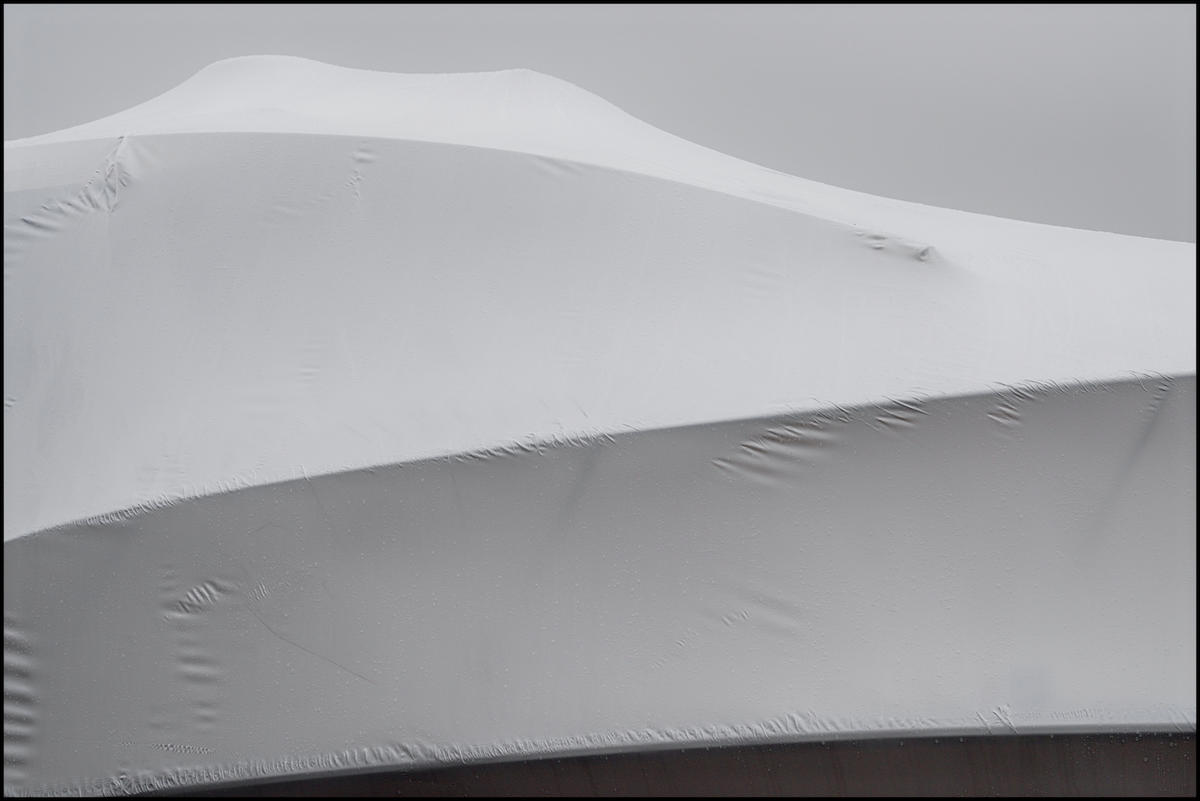
The fog was a friend that day, before it started raining. Levitating these heavy objects free off the ground, floating them up into space, freeing them of their weight, constraint and even their purpose.This time on this shoot in the fog things went pretty far out there. Odd shapes, new forms, juxtapositions, feeling like a movie set with the fog machine turned up to high. Remember the maze scenes shot at night towards the end of the Kubrick film the Shining? Like that.
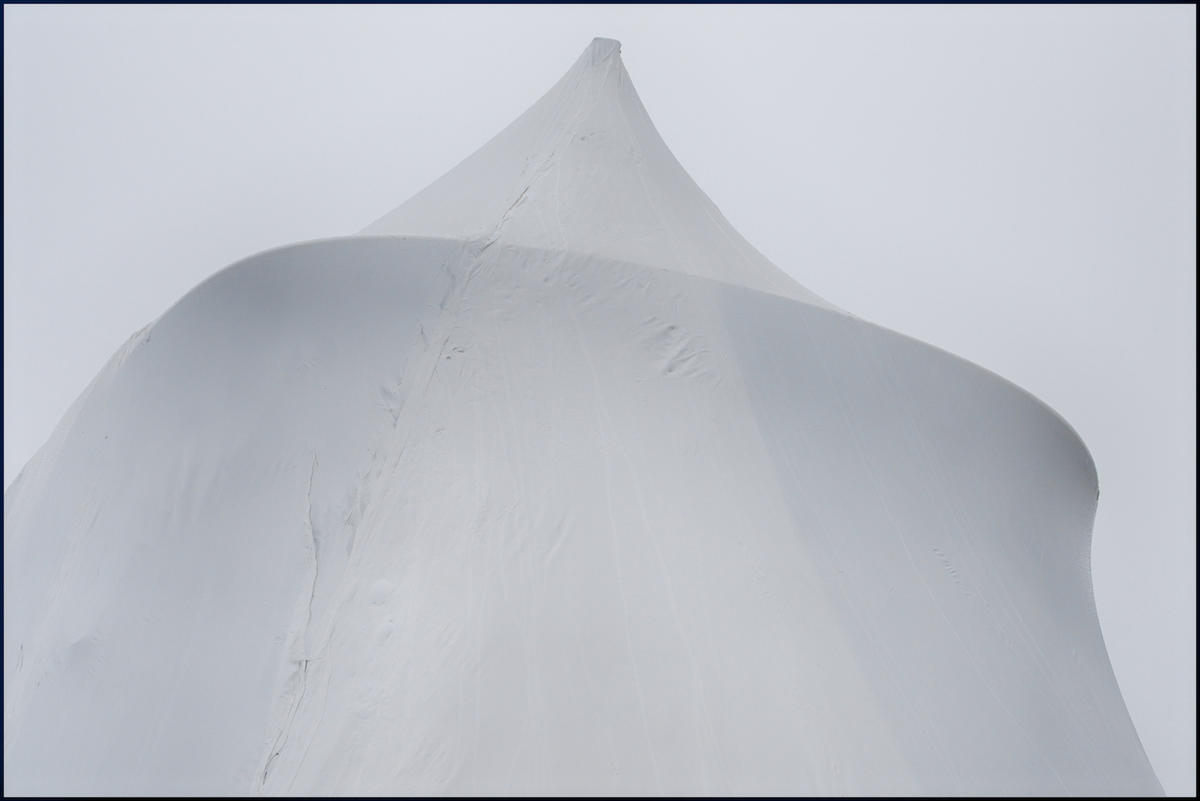
Once again, the project now had gone someplace else, this time into real abstraction, no longer bound to the ground or anything real.
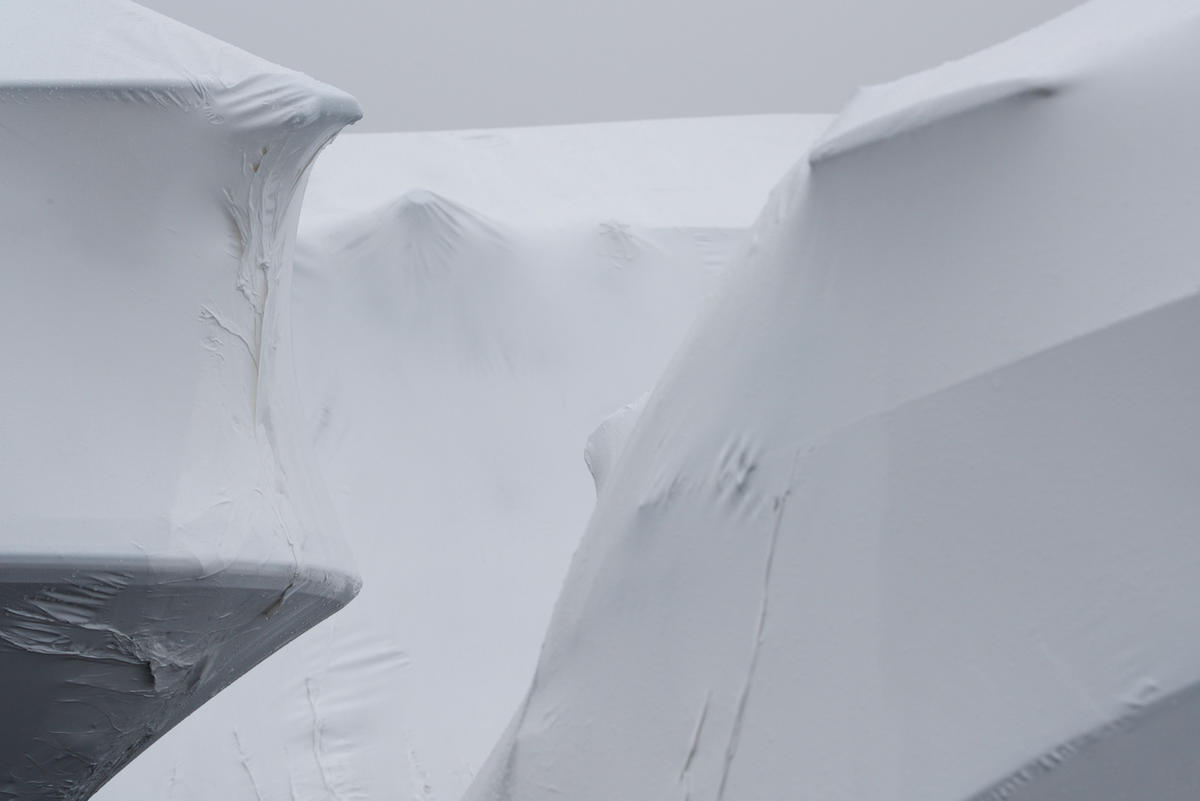
What a completely haunting and mesmerizing experience, walking around these boatyards in the muffled quiet of a still and foggy day along the coast in Maine in late February. I felt alone, very small, isolated in these shrouded spaces.

The whole time on this project I've sought to elevate these things, these expensive, heavy and often massive boats, held in stasis, preserved, protected, wrapped mummies in plastic sheeting stretched tight.
I now believe the photographing part is done. To give you how this works for me: I've been editing the files and making small prints (19 x 13 inches) to see what these pictures look like. There are over 60 prints this size. I try to make the prints first quality at this stage as I think there is no point in anything else. I then live with these, shuffling them around, categorizing and sequencing, making chapters or headings or sections. But in this case I don't regard Shrink Wrapped as a series that has a necessary flow or narrative, meaning that I think of these as single pictures put together into a group. From those, taking the ones I believe are worthy and/or demand attention, I print larger on 30 x 24 inch paper. This at times is ludicrous as here I have to reprint sometimes and then, a humbling admission, print again to get them right. So far I amclose to 20 of these "finals" and have begun to show them. This is a phase of projects in the making for me. This week I showed the big prints to Susan Nalband, who is the owner of 555 Gallery where I show my work, and to my long time friend and colleague Andrea Greitzer, who has designed most of my books. Just a few days ago I showed them to Hanna Richman, my studio assistant. I value these opinions a great deal, indeed, opinions from everybody. And so it goes. I listen hard to people who look at my prints, shuffling them back and forth. I watch carefully too, their body language telling me about boredom, excitement, engagement, frustration. This is seeing work through other's eyes, and is tremendously important. In between, when I have time, I go back into printing again after seeing some prints flawed through their reactions. This most likely means that I compromised on a print when I shouldn't have. Particularly true with this project I feel privileged to have the time and resources to dedicate to this work, to refine it and to mold it into just what I want it to be. How I ever managed to make concentrated bodies of work when I was younger, being a dad, working in a demanding job, I don't know. But I feel very fortunate now to be able to give a project like this total concentration.
One more thing before I close and that is my tremendous admiration for the quality of tools we now have. This, quite simply, is a project I believe would have been impossible in the days of film, chemistry and darkrooms. The smoothness of transitions, the capture of exceptionally subtle tonalities and distinctions in color are outstanding. These large inkjet prints are magnificent; subtle, luminous, expressive and evocative.

So here we are at the end of four posts about this new Shrink Wrapped project. I thank you very much for coming along. Good work? You tell me. Done with it? Won't know for sure for a while yet, but probably. Plans for the pictures? Again, not sure. Usually the amount of effort I spend on getting the work out and seen is proportionate to the degree of enthusiasm I have for the work. In these I have once again stepped off a cliff, as in series like the Mutter Museum pictures, the Cabela's ones, Monsters and so on. Taking risk isn't new, in fact, I believe we all need to do this, take a chance, push ourselves out into unexplored places, whatever our field. I will continue to refine these pictures, showing them to people and gathering information about them. But, at some point and not too far away, I will need to leave them, say to myself, they are now done, box them and move on. This is the hardest part as to give up something you've worked so hard on and immersed yourself in so much is difficult. I need to lean on experience in this phase, to allow myself the permission to let go. When something is finished it is an emotionally hard time for me as I thrive on being in my projects and to be without one feels weird and disorienting. On the other hand, working on something like Shrink Wrapped is all consuming, where what I see is like tunnel vision, only looking for this one thing, therefore missing so much else. So soon, coinciding with the remarkable thing in New England called spring, along with nicer weather, I have plans to try some new projects, to point my camera in some different directions, to become a student again, to do something new.
I hope you'll come along.
Stay tuned.
Note: When I originally wrote this blog, I hadn't placed Shrink Wrapped on the site yet, but it is there now. I am showing some of my portfolios at 555 Gallery in Boston the afternoon of April 15 and pledge here to bring these along if you'd like to see them.




 I photograph most days while here, usually centering on a specific place, and go back over and over. This time it is Oak Bluffs and it is difficult because it is so very familiar. I have been trying to see it with new eyes, as if for the first time.
I photograph most days while here, usually centering on a specific place, and go back over and over. This time it is Oak Bluffs and it is difficult because it is so very familiar. I have been trying to see it with new eyes, as if for the first time.

 Gail Hill is a very special person, with an active art career that spans photography and painting as well as playing a large role as a career advisor and mentor (Creative Self) to many many in Toronto. She also is a wonderful cook.
Gail Hill is a very special person, with an active art career that spans photography and painting as well as playing a large role as a career advisor and mentor (Creative Self) to many many in Toronto. She also is a wonderful cook. Menemsha
Menemsha I occasionally photograph from my kayak, as above. This falls into the "high risk" category but I try to pick calm water and slight wind. This from Poucha Pond above the famous Dike Bridge on Chappaquiddick where May Jo Kopechne lost her life in the car Ted Kennedy was driving one night after a party.
I occasionally photograph from my kayak, as above. This falls into the "high risk" category but I try to pick calm water and slight wind. This from Poucha Pond above the famous Dike Bridge on Chappaquiddick where May Jo Kopechne lost her life in the car Ted Kennedy was driving one night after a party.

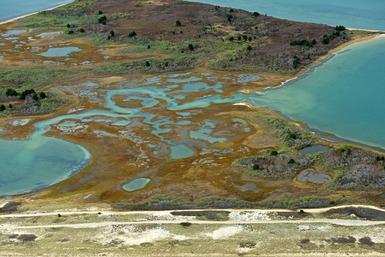
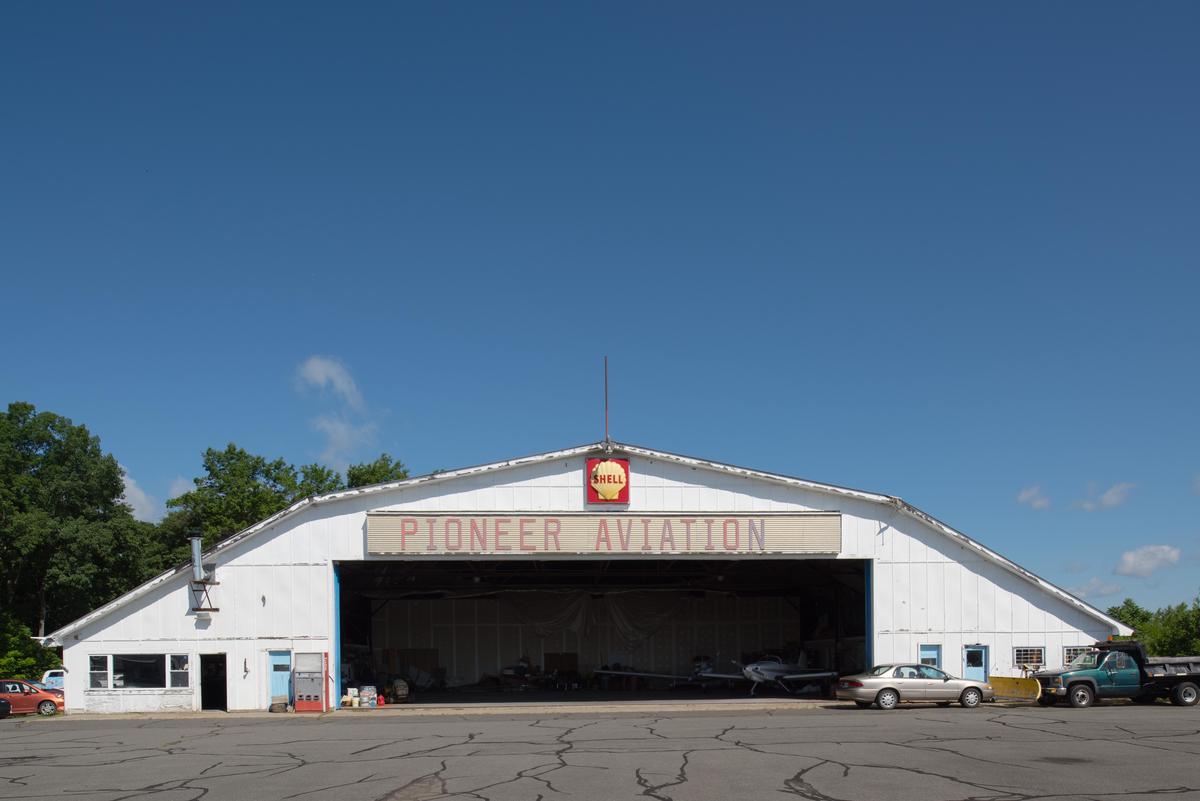 at the little airstrip at Turner's Falls.
at the little airstrip at Turner's Falls. Right away the river opened up to reveal its secrets. Of course, it was magnificent:
Right away the river opened up to reveal its secrets. Of course, it was magnificent: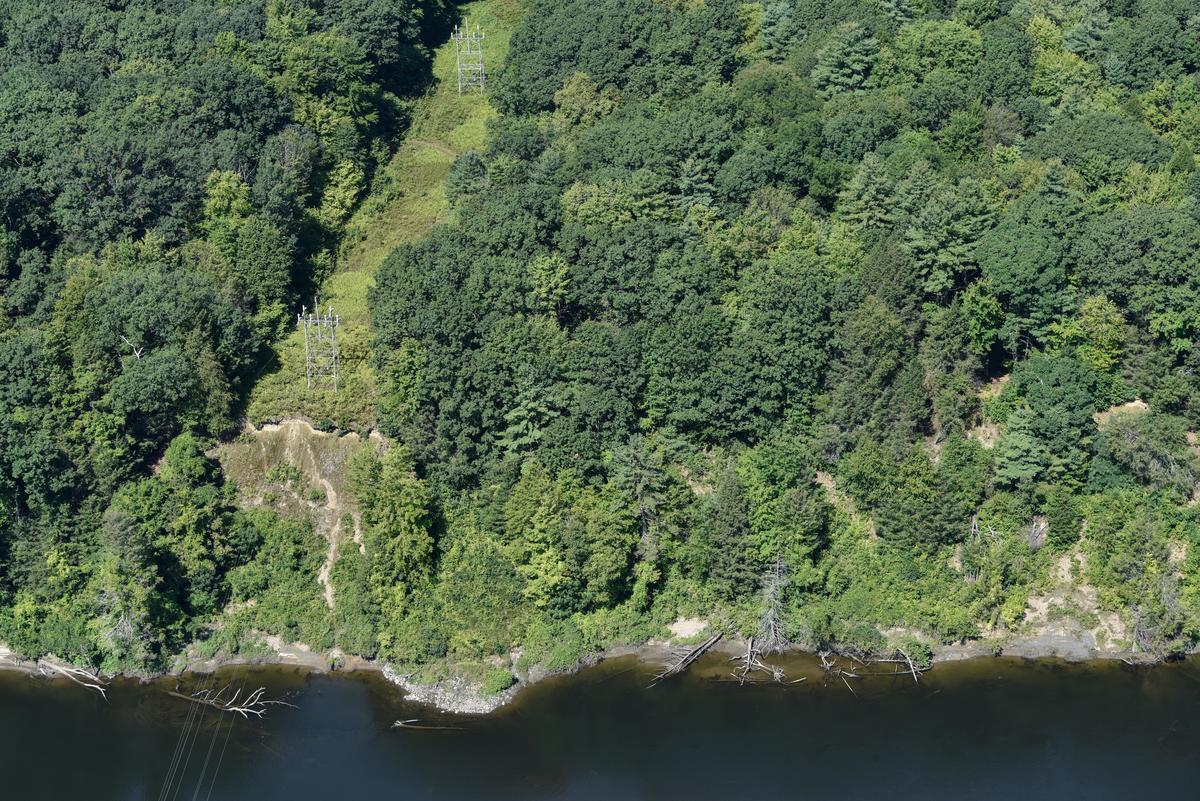 The Connecticut River is an "old" river along southern Vermont and northern Massachusetts. No rapids or fast water and usually quite wide, with a few islands along the way. The river valley through here is heavy-duty farming country, with large crops of hay and corn but also squash, tomatoes, melons and even hops for beer:
The Connecticut River is an "old" river along southern Vermont and northern Massachusetts. No rapids or fast water and usually quite wide, with a few islands along the way. The river valley through here is heavy-duty farming country, with large crops of hay and corn but also squash, tomatoes, melons and even hops for beer: In late August it all comes to fruition. The corn is high and they're practically giving tomatoes away.
In late August it all comes to fruition. The corn is high and they're practically giving tomatoes away.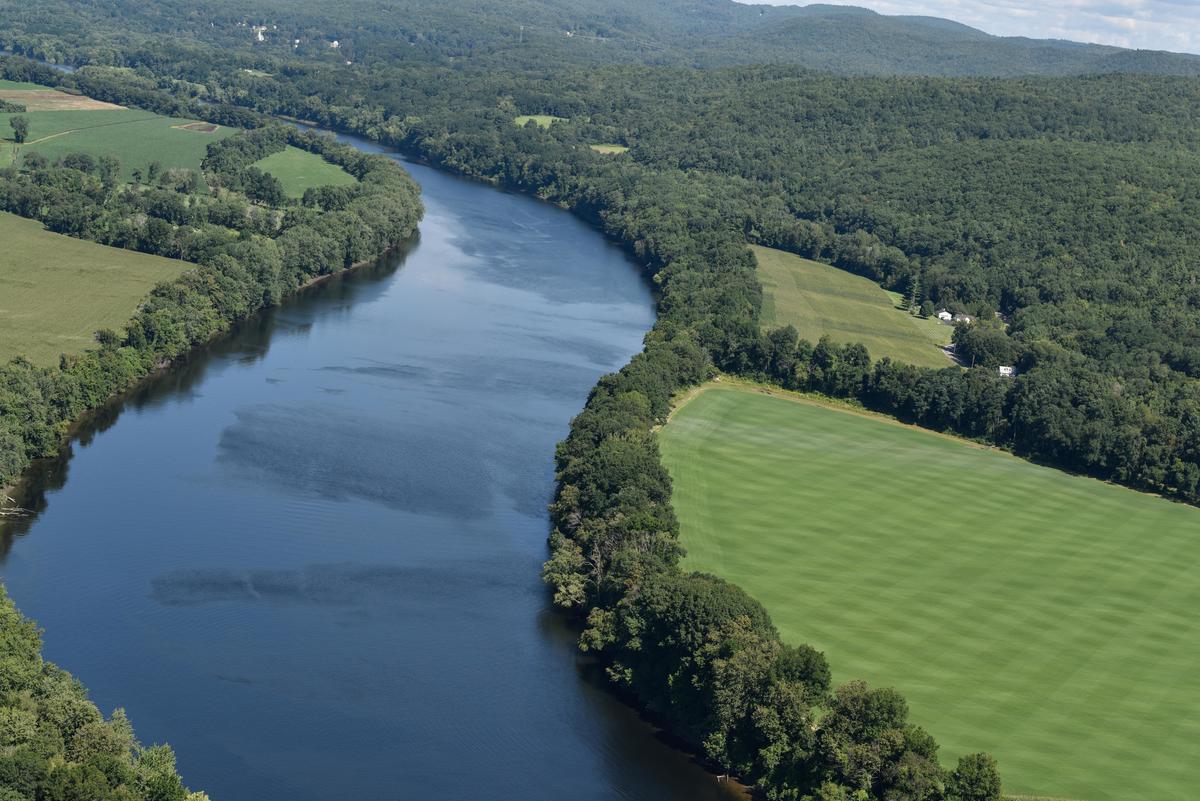 As we approached Brattleboro the river widened out into marshes:
As we approached Brattleboro the river widened out into marshes: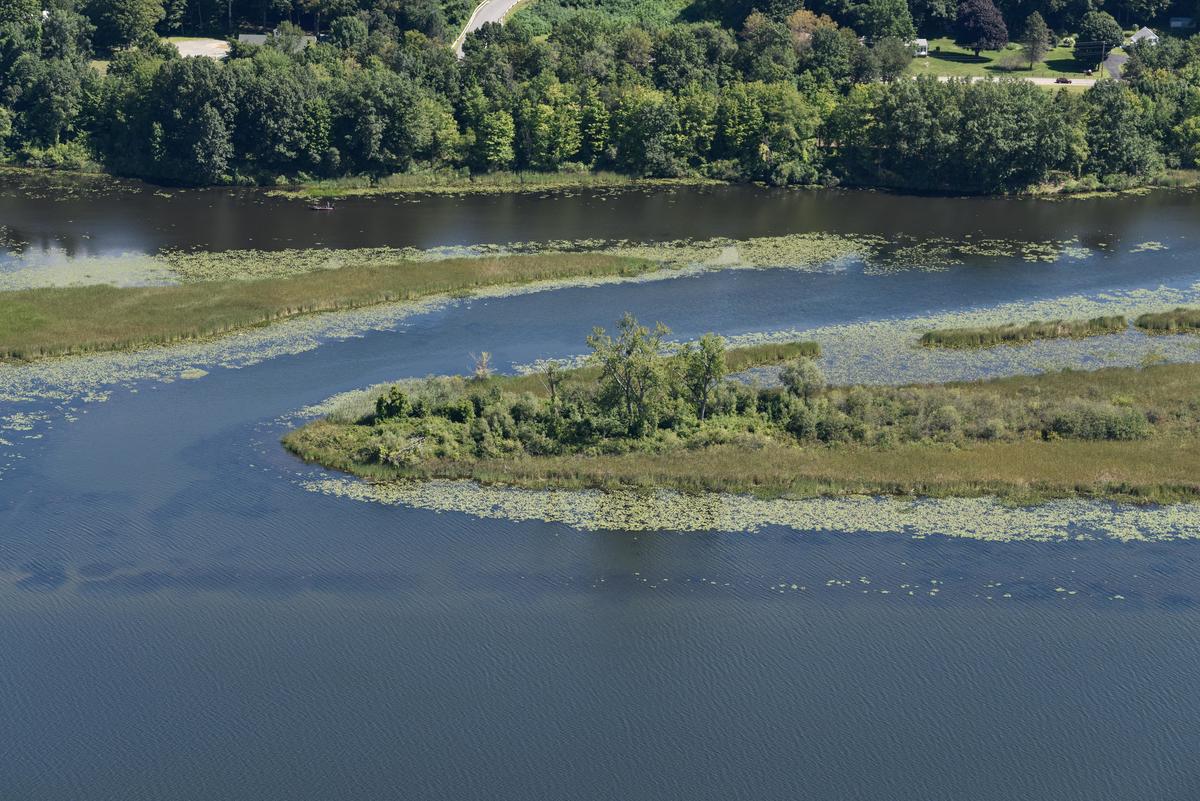 Next up? More aerial photographs of the river and then on to part two of my day. My trip in the excursion boat the Lady Bea with a group from a nursing home.
Next up? More aerial photographs of the river and then on to part two of my day. My trip in the excursion boat the Lady Bea with a group from a nursing home. Turf Farm near Greenfield, MA
Turf Farm near Greenfield, MA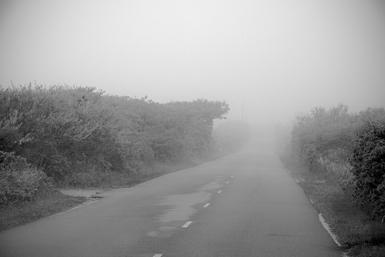
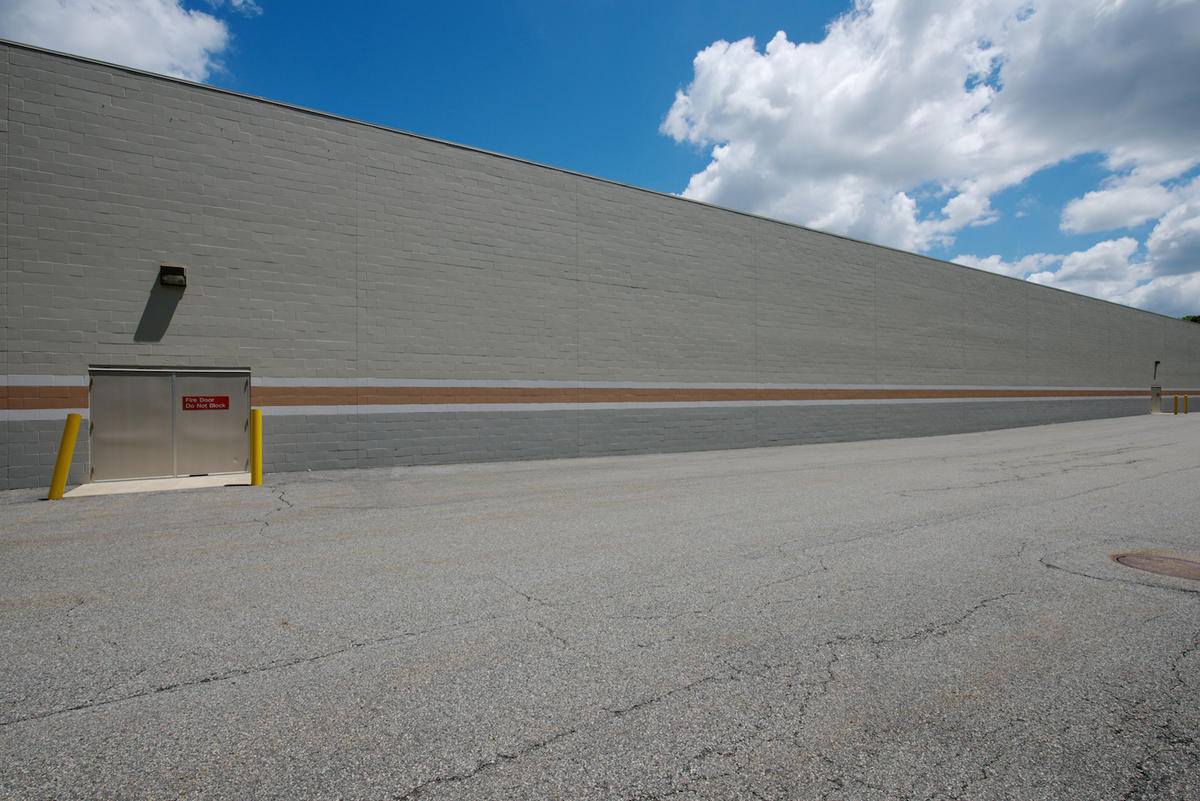
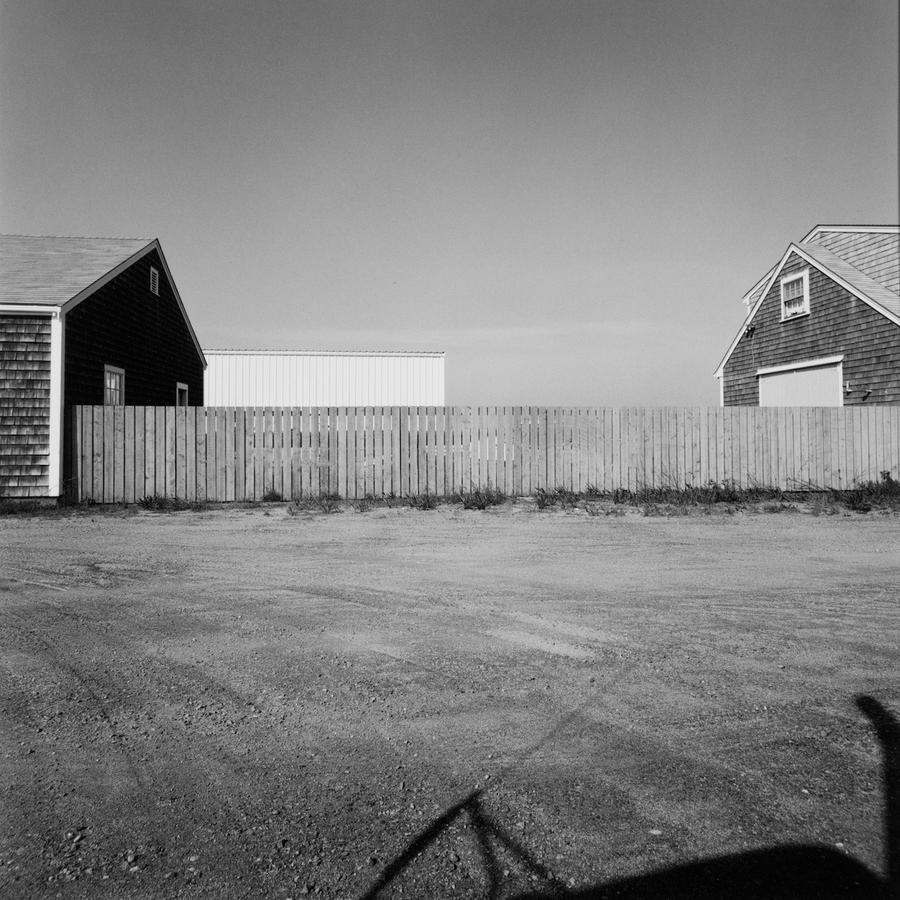 From Fences and Walls 1979
From Fences and Walls 1979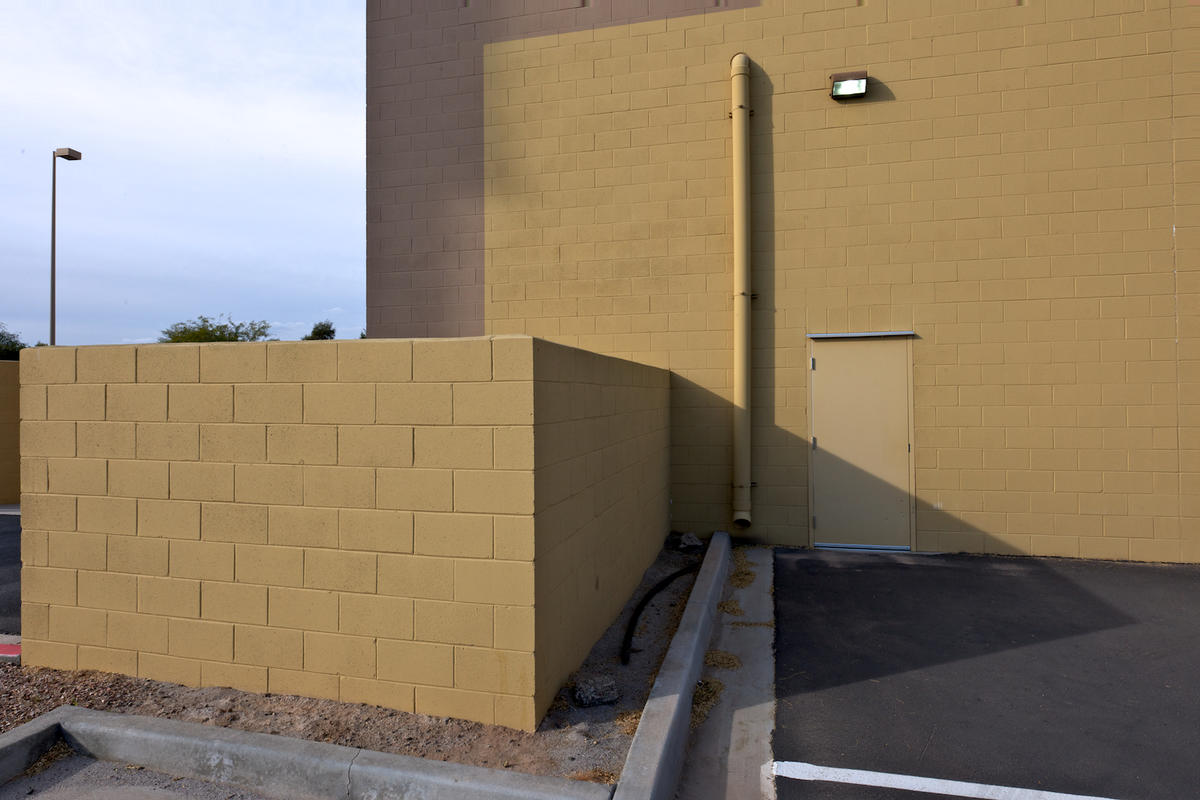
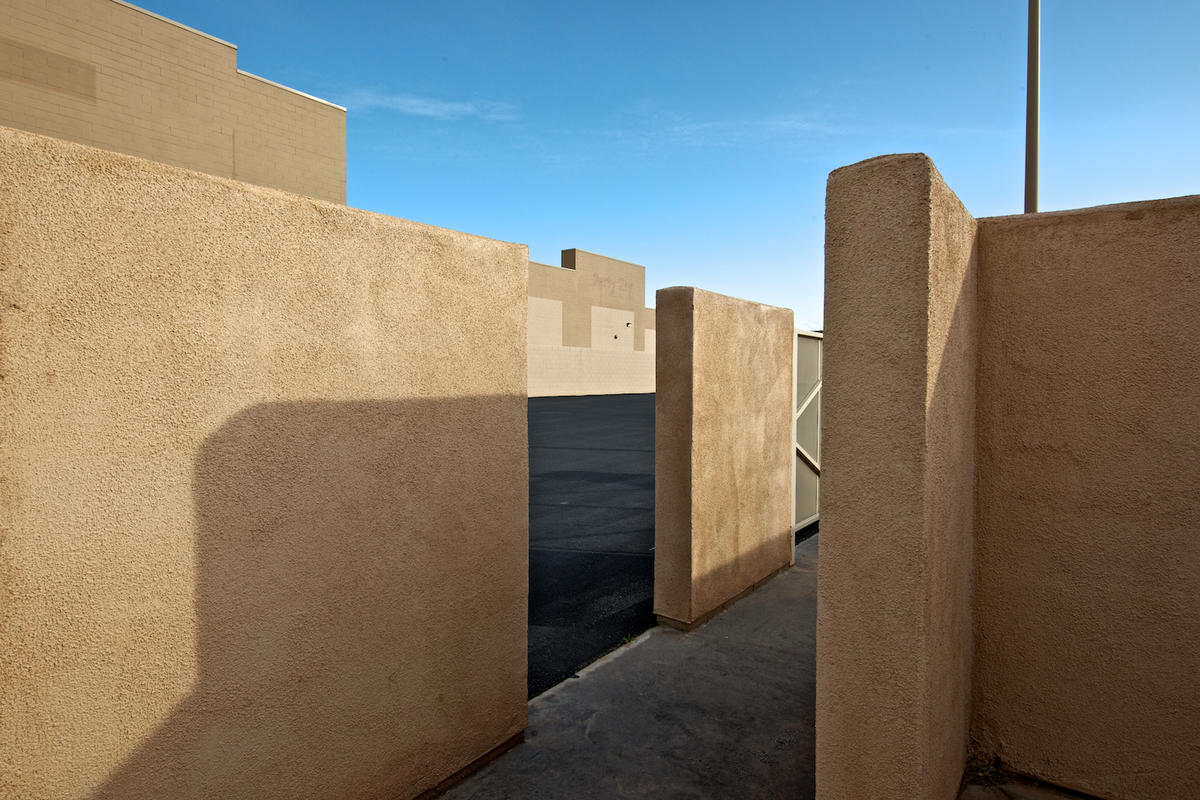
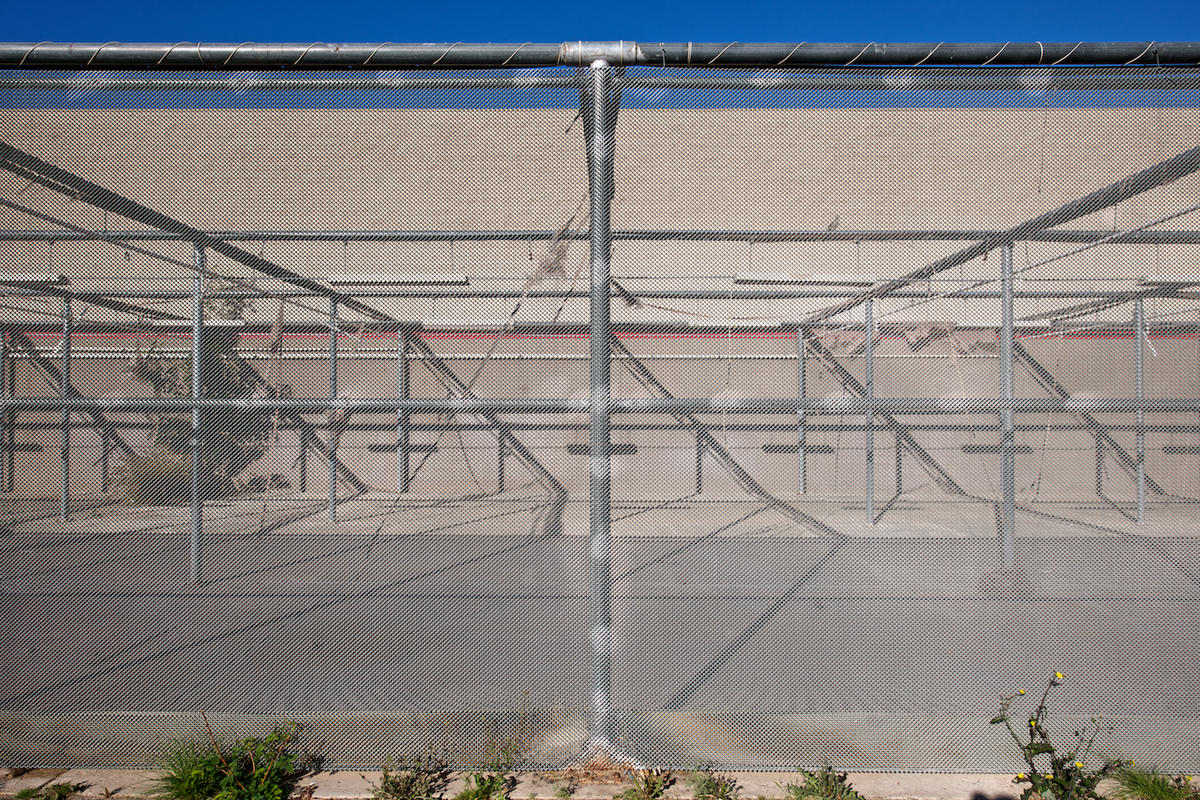
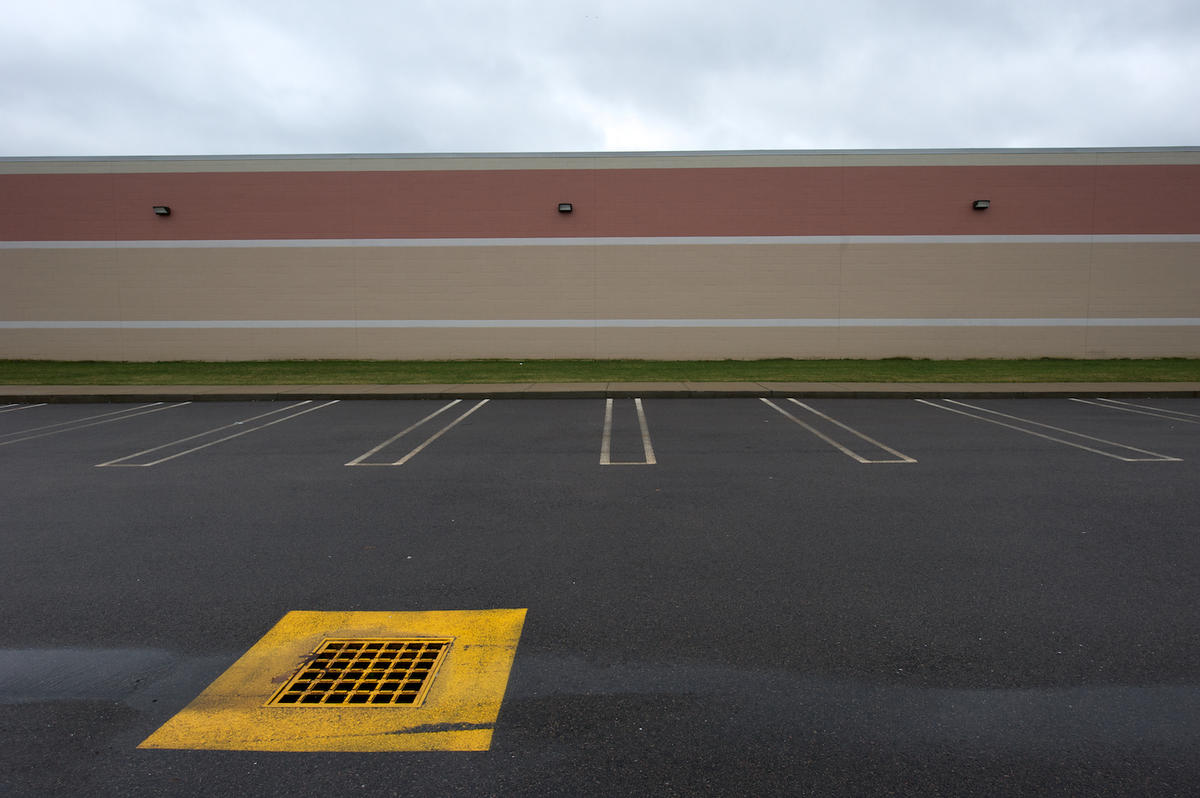
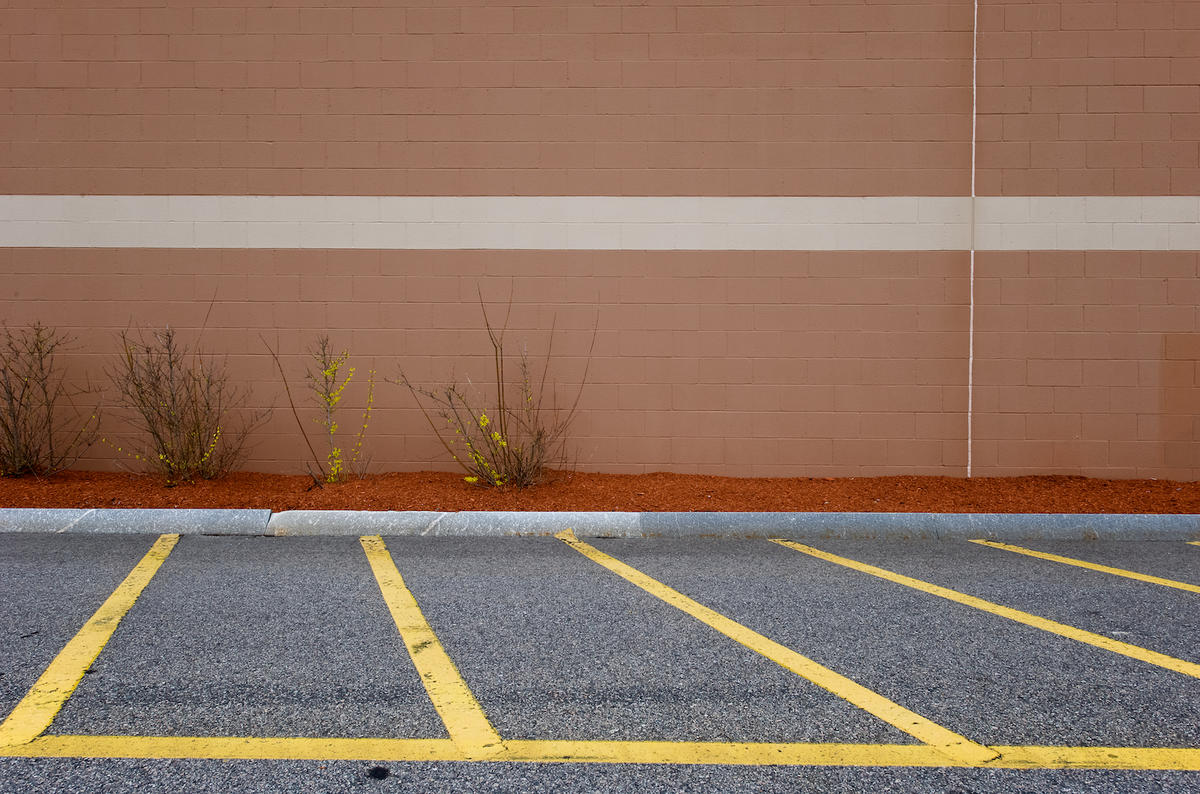
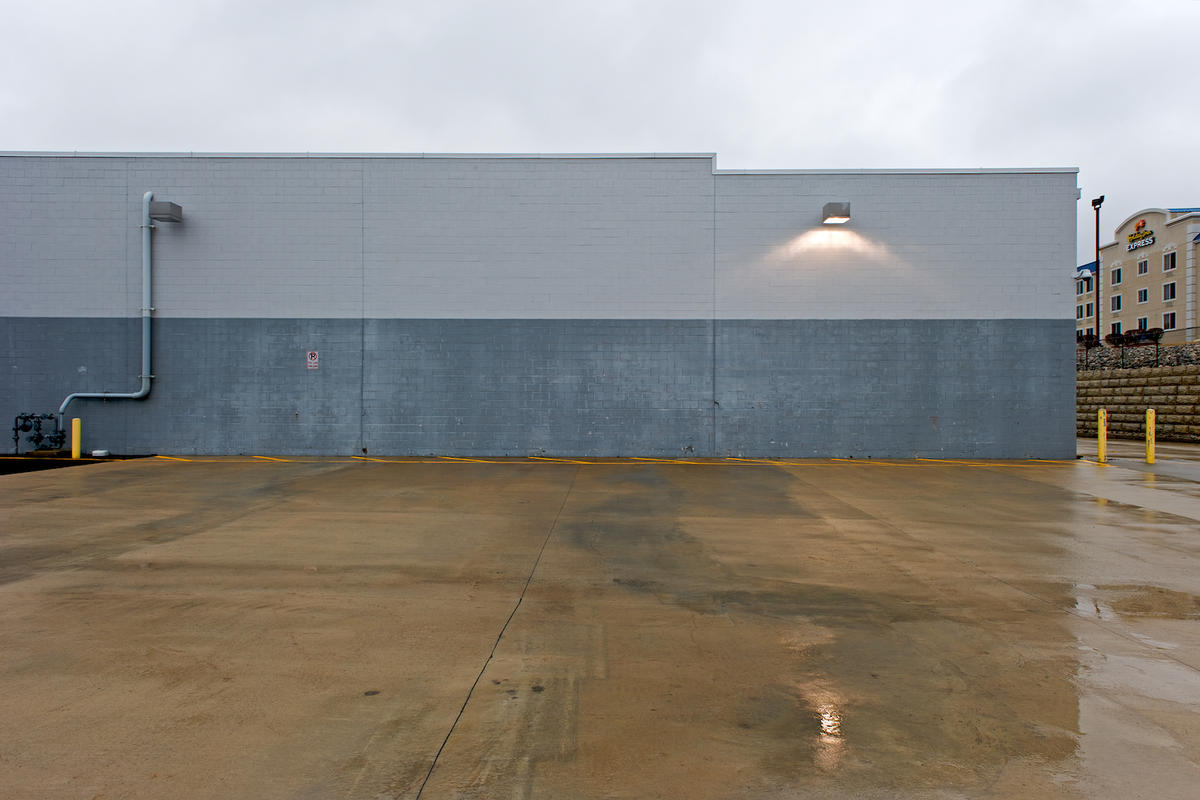
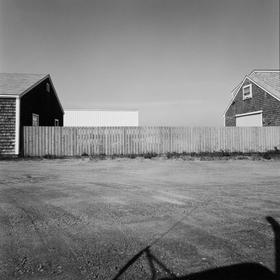
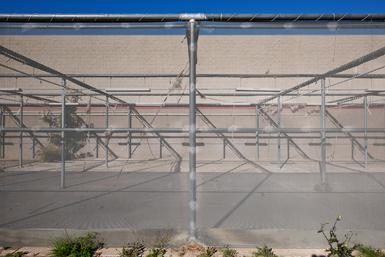
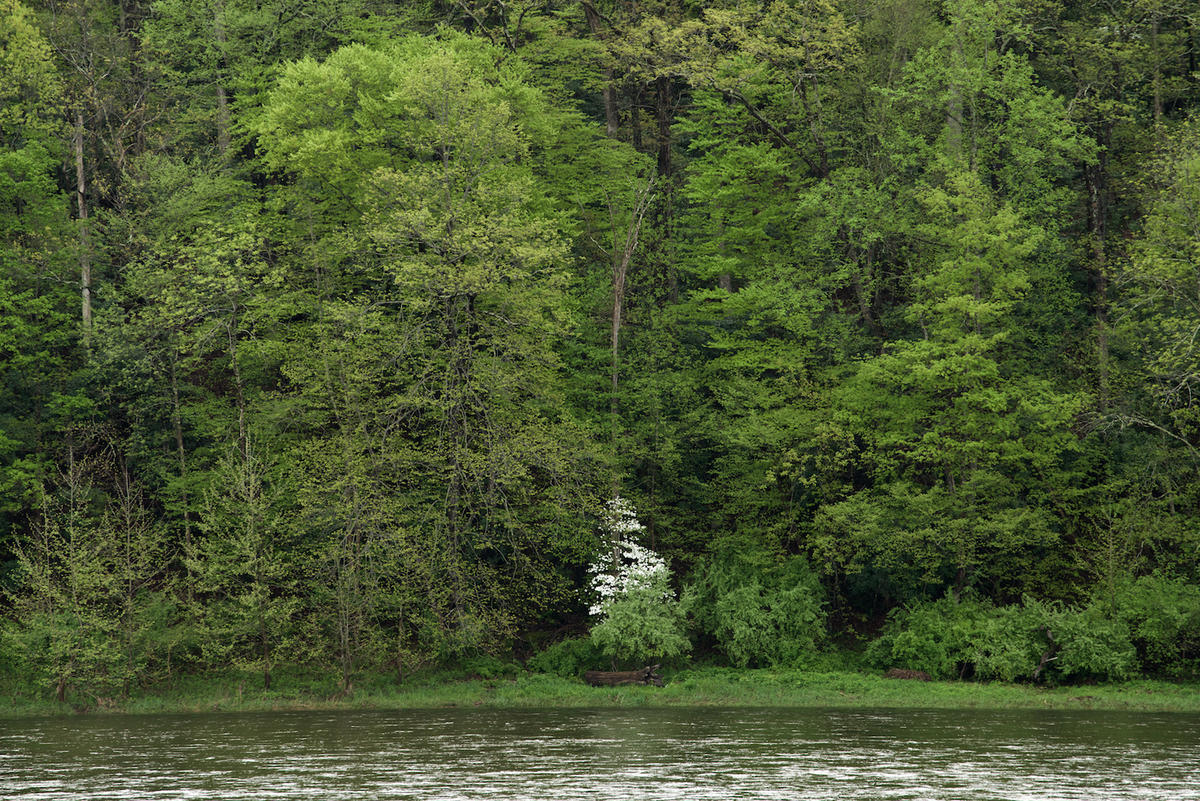
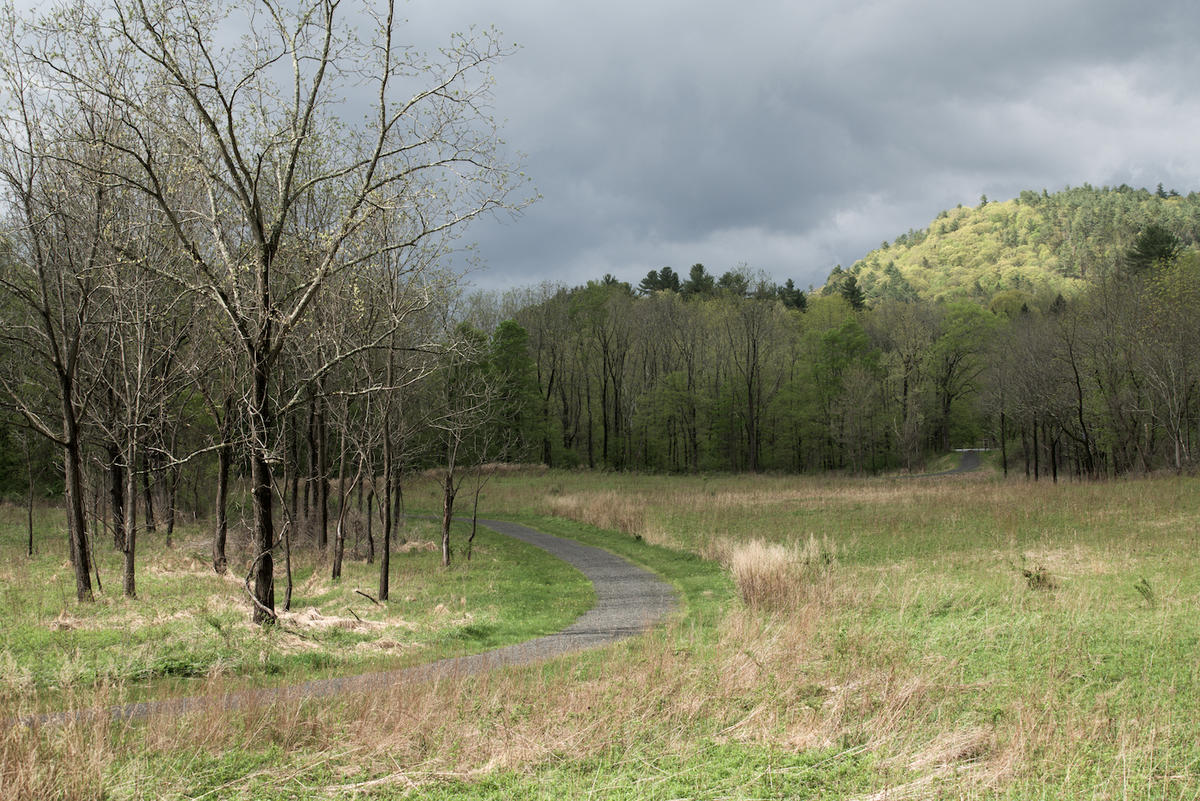
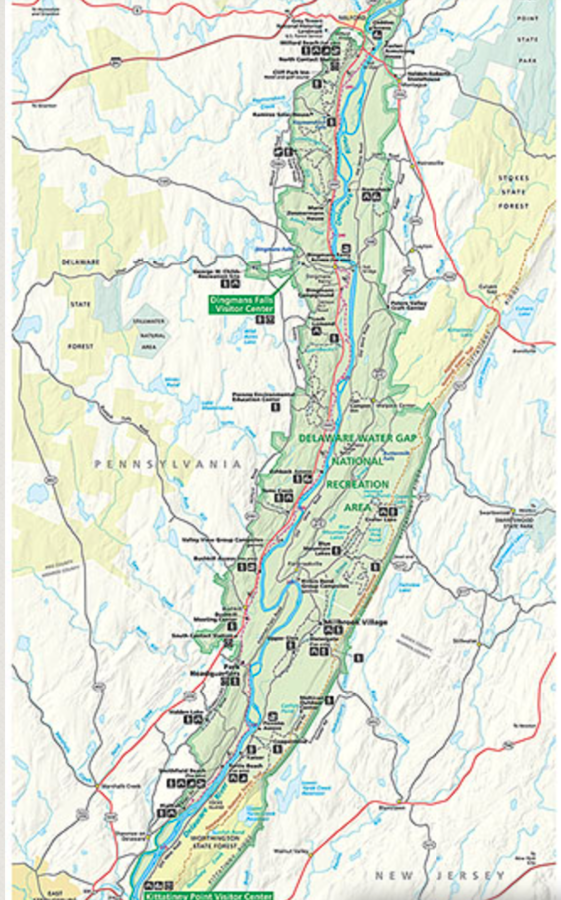
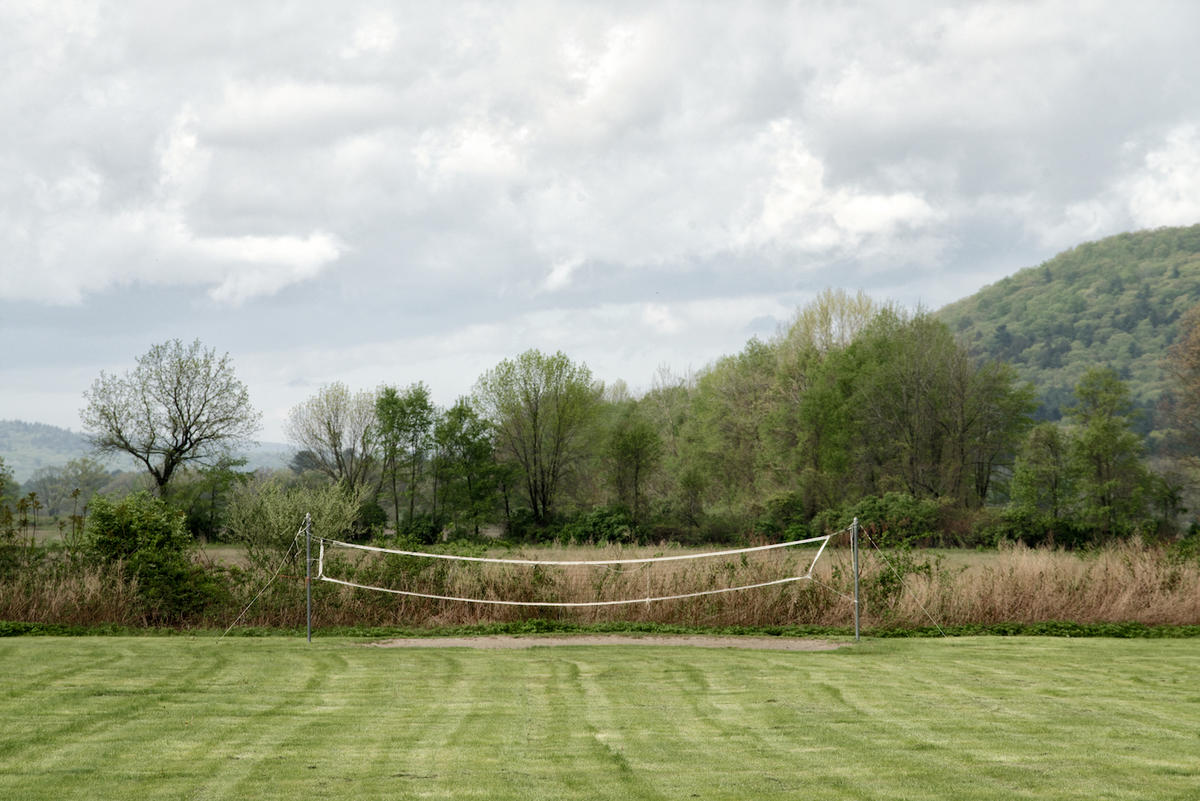
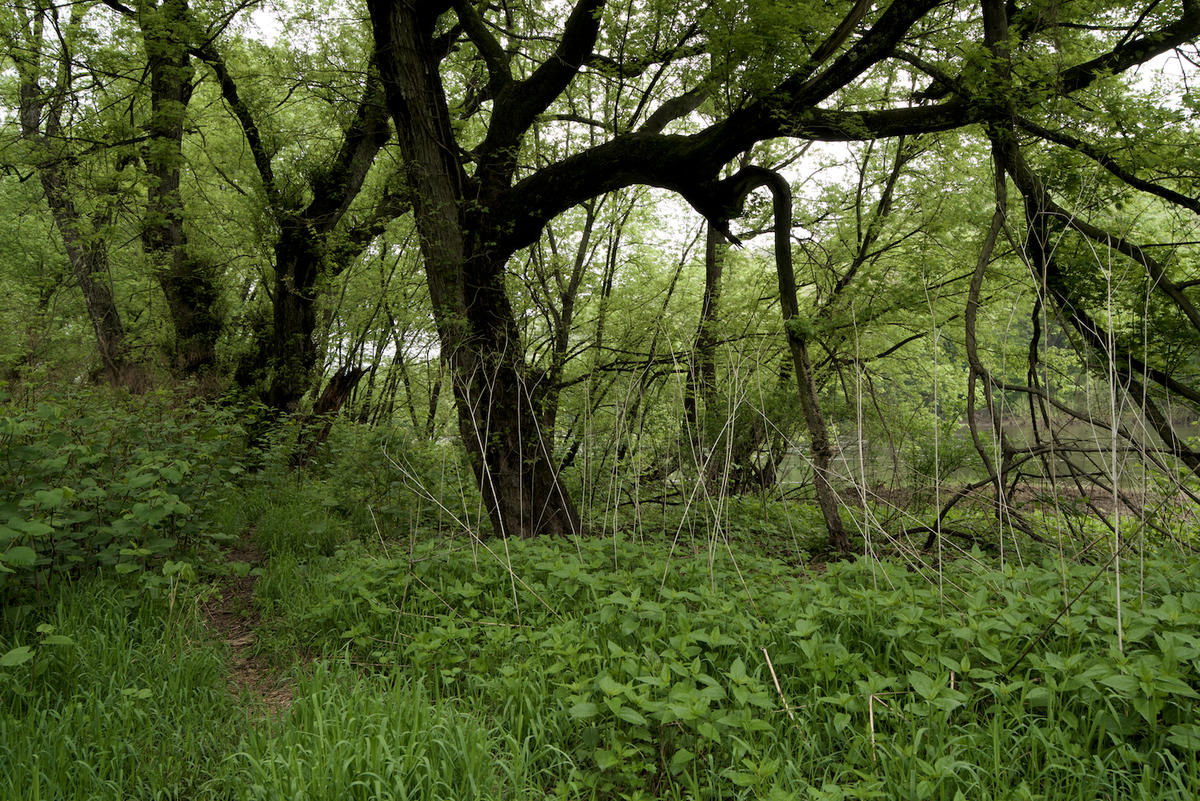
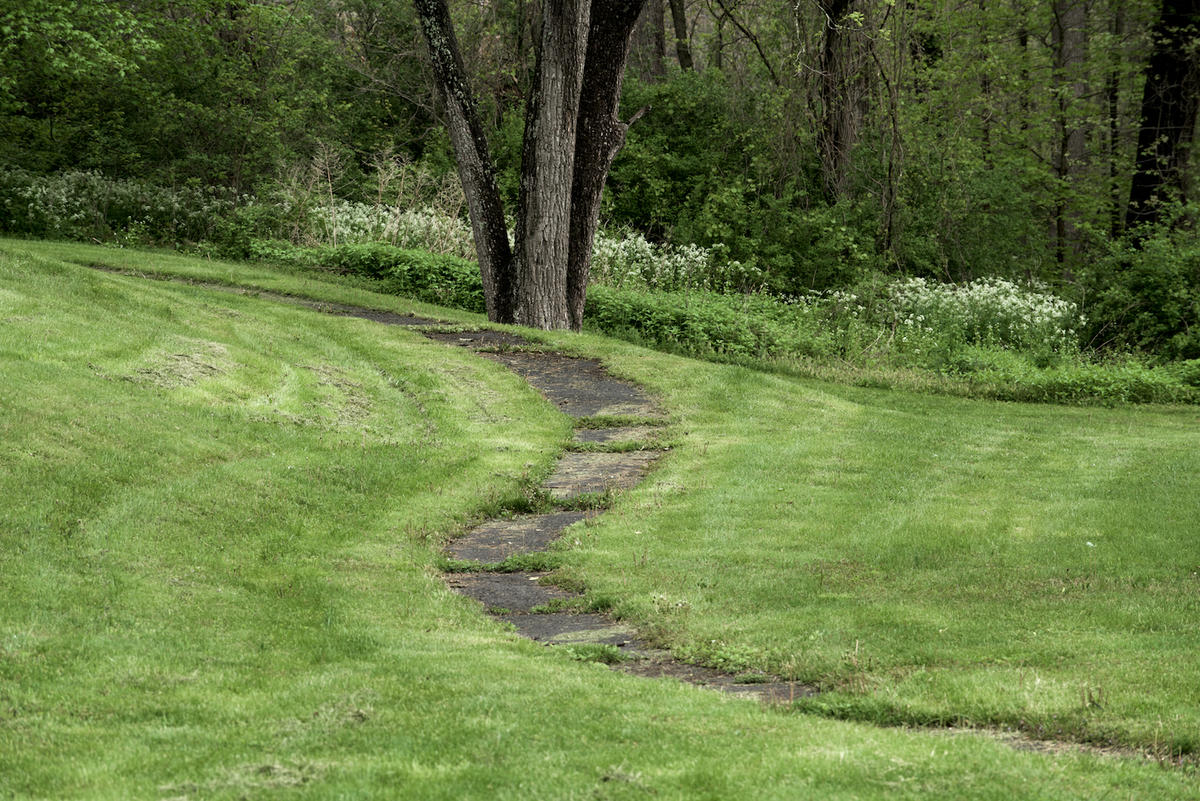
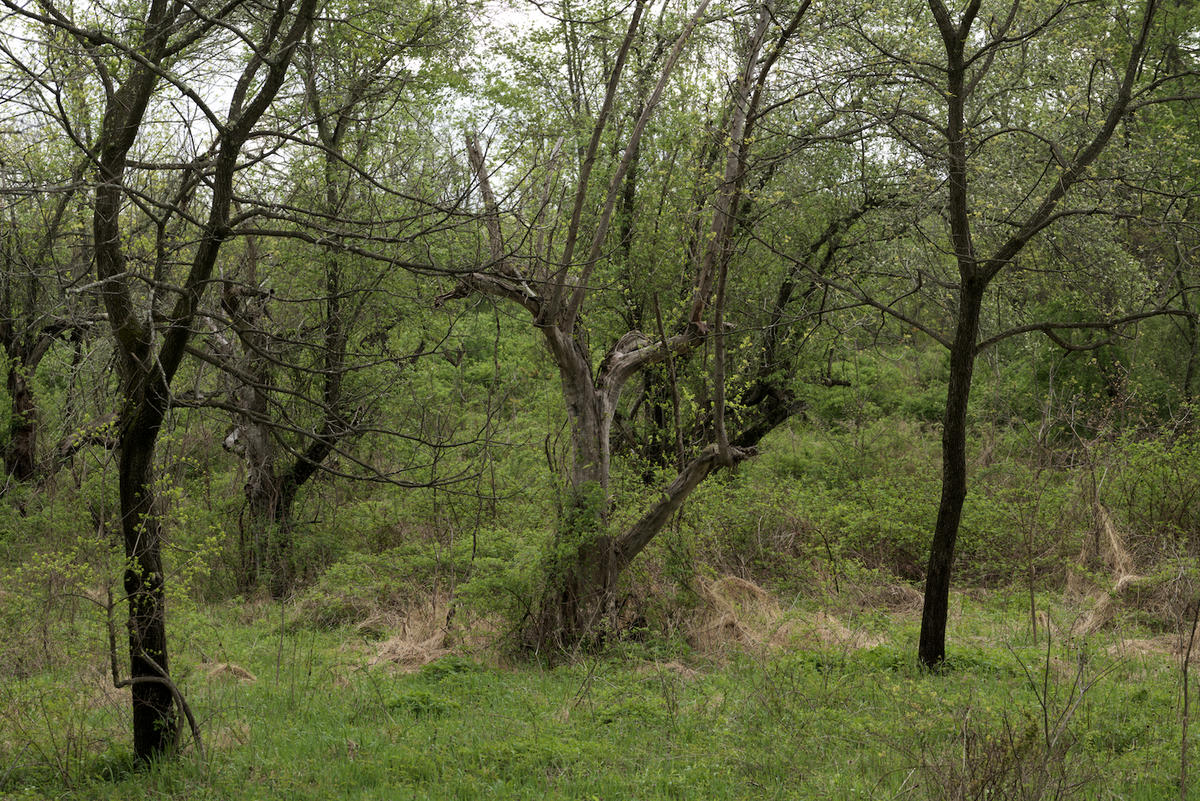
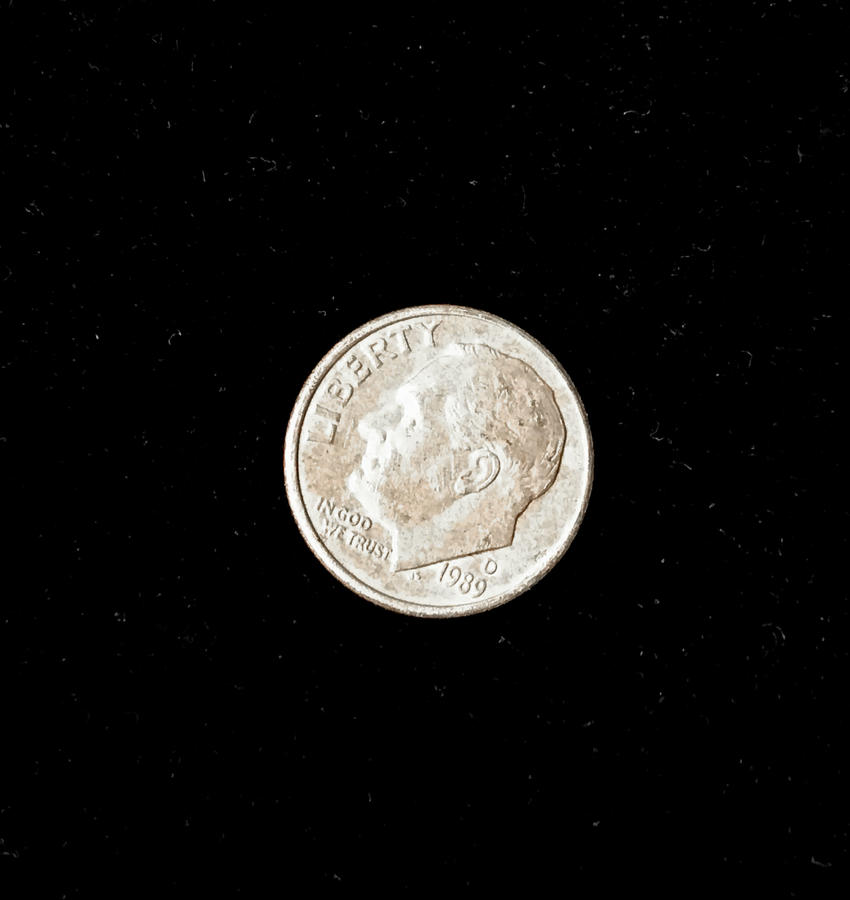 staring up at me from the edge of a mud puddle. I'd have to be brain dead to not regard this as a sign, a message from the photo gods shining down on me, approving of my efforts this early Saturday morning, rewarding me for making some good pictures along the Delaware Water Gap. I don't know if I thought it to myself or said it out loud but out came a sincere "thank you!" I picked up the coin, put it in my pocket and thought, "Damn, this is good." Then second, "maybe this needs a blog".
staring up at me from the edge of a mud puddle. I'd have to be brain dead to not regard this as a sign, a message from the photo gods shining down on me, approving of my efforts this early Saturday morning, rewarding me for making some good pictures along the Delaware Water Gap. I don't know if I thought it to myself or said it out loud but out came a sincere "thank you!" I picked up the coin, put it in my pocket and thought, "Damn, this is good." Then second, "maybe this needs a blog".